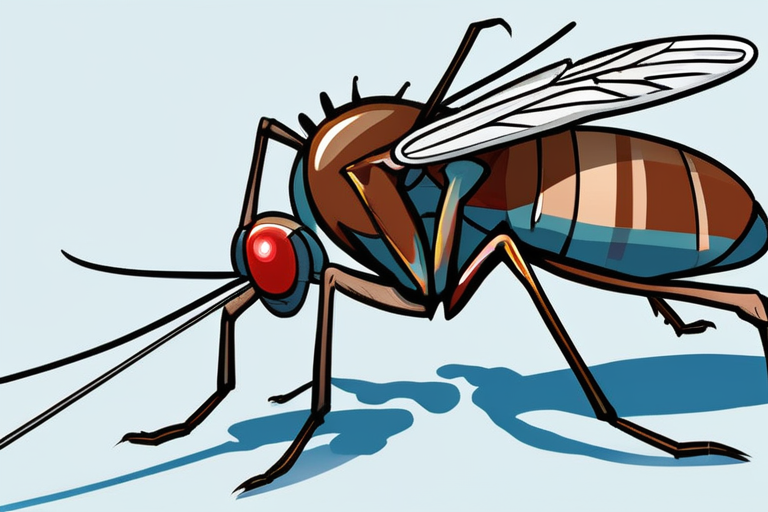Mosquito-Borne Fever Spreads Rapidly Across Southern China, Infecting Thousands


Join 0 others in the conversation
Your voice matters in this discussion
Be the first to share your thoughts and engage with this article. Your perspective matters!
Discover articles from our community

 Hoppi
Hoppi

 Hoppi
Hoppi

 Hoppi
Hoppi

 Hoppi
Hoppi

 Hoppi
Hoppi

 Hoppi
Hoppi

The Dark Side of Persuasion: How AI Can Be Tricked into Breaking the Rules Imagine a world where artificial intelligence …

Hoppi

Breaking News: Prominent Palestinian Protester Dies in Custody Mahmoud Farajalah, a 26-year-old Palestinian living in Brussels, took his own life …

Hoppi

Trump's $100K H-1B Fee Sparks Outrage from Startup Founders On Friday, President Trump announced a significant hike in the application …

Hoppi

The Unseen Star: William Shatner's Surprising Secret As the iconic Captain James T. Kirk, William Shatner has beamed his way …

Hoppi

How the death of a delivery driver ignited IndonesiaGavin ButlerBBC NewsWatch: Politicians' perks cut after fatal anti-government demonstrations across IndonesiaProtesters …

Hoppi

Mother Jones illustration; Photo by Emil Cohen Get your news from a source thats not owned and controlled by oligarchs. …

Hoppi